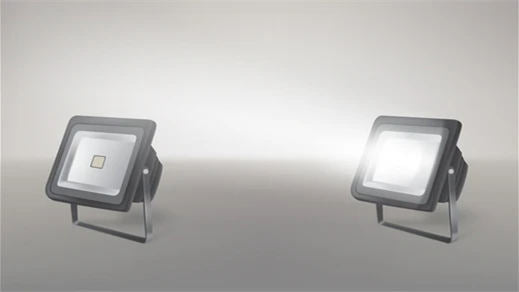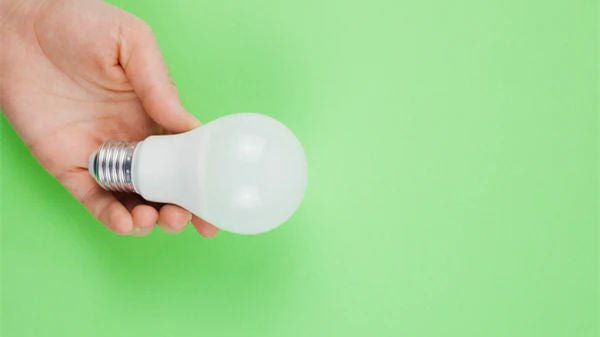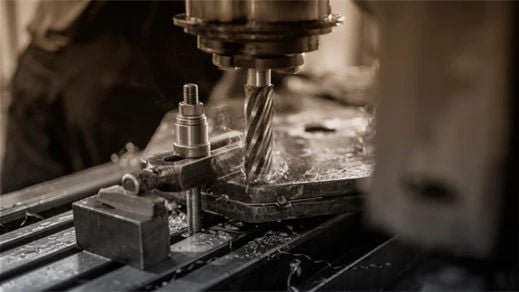When selecting materials and manufacturing methods for outdoor lighting, it’s essential to understand the differences between aluminum die casting and other forms of aluminum processing. Both techniques offer unique advantages and challenges, particularly in the context of outdoor lighting applications. This blog delves into the distinctions between aluminum die casting and traditional aluminum processing, emphasizing their respective benefits, drawbacks, and suitability for outdoor lighting.
Understanding Aluminum Die Casting
Aluminum die casting is a manufacturing process where molten aluminum is injected into a steel mold (die) under high pressure. This technique enables the creation of intricate, complex, and precise parts with high consistency and minimal post-processing. The molds used in die casting are durable and can produce thousands of parts before they need replacement.
Traditional aluminum processing encompasses a variety of techniques, including:
- Extrusion: In this process, aluminum is forced through a die to create long shapes with consistent cross-sections, such as rods, tubes, and beams.
- Sheet Metal Forming: Aluminum sheets are cut and bent into desired shapes using techniques such as stamping, bending, and rolling.
- Forging: This method involves shaping aluminum using compressive forces, often producing parts that are very strong and durable.
- Machining: Aluminum blocks are precisely cut into desired shapes using tools like lathes, mills, and drills.

Comparing Aluminum Die Casting and Traditional Aluminum for Outdoor Lighting
a. Durability and Strength
Aluminum Die Casting:
- High Durability: Die-cast aluminum parts are known for their high durability and strength. The process creates a dense, uniform structure with excellent mechanical properties.
- Resistance to Environmental Factors: Die-cast aluminum is resistant to corrosion, making it ideal for outdoor use where exposure to moisture and varying weather conditions is a concern.
Traditional Aluminum:
- Varied Durability: The durability of traditionally processed aluminum parts depends on the specific technique used. For example, forged aluminum is exceptionally strong, while extruded or sheet-formed aluminum might be less robust.
- Corrosion Resistance: Aluminum is inherently corrosion-resistant due to the formation of a protective oxide layer. However, additional treatments (like anodizing) might be necessary to enhance this property for outdoor applications.
b. Precision and Complexity
Aluminum Die Casting:
- High Precision: Die casting allows for the production of parts with tight tolerances and intricate designs, reducing the need for additional machining or finishing.
- Complex Geometries: The process can produce complex and detailed shapes that would be challenging or impossible with other methods. This capability is beneficial for creating aesthetically pleasing and functional outdoor lighting fixtures.
Traditional Aluminum:
- Limited Complexity: Techniques like extrusion and sheet forming are limited in the complexity of shapes they can produce. Complex parts may require additional machining or assembly of multiple components.
- Moderate Precision: While machining can achieve high precision, other methods like extrusion might not match the tight tolerances achievable with die casting.
c. Weight and Design Flexibility
Aluminum Die Casting:
- Lightweight: Die-cast aluminum parts are lightweight, which is advantageous for outdoor lighting fixtures that need to be installed at height or require frequent maintenance.
- Design Flexibility: The ability to create complex shapes allows for innovative designs that incorporate functional elements, such as heat sinks and mounting brackets, directly into the fixture.
Traditional Aluminum:
- Variable Weight: The weight of aluminum parts varies depending on the processing method and design. Extruded and sheet-formed parts can be lightweight, but achieving complex shapes might require additional components that add weight.
- Design Constraints: Traditional processing methods have limitations in the shapes and designs they can produce. Complex designs may need to be assembled from multiple parts, increasing weight and reducing structural integrity.
d. Cost and Efficiency
Aluminum Die Casting:
- High Initial Cost: The initial cost of creating die casting molds is high, but the per-unit cost decreases significantly with large production volumes.
- Efficient for High Volume: Die casting is highly efficient for producing large quantities of parts, making it cost-effective for mass production of outdoor lighting fixtures.
Traditional Aluminum:
- Lower Initial Cost: Traditional processing methods generally have lower upfront costs, making them more accessible for smaller production runs.
- Variable Efficiency: The efficiency of traditional methods depends on the specific technique and production volume. For low to medium volumes, they might be more cost-effective than die casting.

e. Thermal Management
Aluminum Die Casting:
- Excellent Thermal Conductivity: Die-cast aluminum has excellent thermal conductivity, which is crucial for outdoor lighting fixtures that generate heat. Efficient heat dissipation extends the lifespan of LEDs and other electronic components.
- Integrated Heat Sinks: The ability to cast complex shapes allows for the integration of heat sinks and other thermal management features directly into the fixture design.
Traditional Aluminum:
- Good Thermal Conductivity: Aluminum processed through traditional methods also has good thermal conductivity, but integrating heat sinks may require additional assembly and design complexity.
- Separate Heat Management: Achieving effective thermal management might require attaching separate heat sinks, which can complicate the design and increase the overall weight.
f. Suitability for Outdoor Lighting Application
Aluminum Die Casting:
- Ideal for High-Volume Production: Die casting is ideal for producing large quantities of outdoor lighting fixtures with consistent quality and precision. This makes it suitable for municipal lighting projects, commercial properties, and large residential developments.
- Durability and Weather Resistance: The strength and corrosion resistance of die-cast aluminum make it perfect for outdoor environments, ensuring longevity and reduced maintenance costs.
- Innovative Designs: The flexibility in design allows manufacturers to create modern, sleek, and efficient lighting solutions that enhance the aesthetic appeal of outdoor spaces.
Traditional Aluminum:
- Suitable for Custom and Low-Volume Production: Traditional aluminum processing is better suited for custom lighting fixtures or small production runs. It offers flexibility in design changes without the high cost of new molds.
- Variable Durability: Depending on the method, traditionally processed aluminum can be very durable, but it might not match the consistent strength and precision of die-cast parts for high-stress applications.
- Additional Assembly Required: Complex designs might require assembling multiple components, which can increase the potential for weak points and reduce the overall durability of the fixture.

Conclusion
When choosing between aluminum die casting and traditional aluminum processing for outdoor lighting fixtures, it’s crucial to consider the specific requirements of your project. Aluminum die casting offers high durability, precision, and design flexibility, making it ideal for large-scale, high-volume production of outdoor lights. Its ability to produce complex shapes and integrate functional elements directly into the design enhances both the performance and aesthetic appeal of the fixtures.


































Leave a comment
This site is protected by hCaptcha and the hCaptcha Privacy Policy and Terms of Service apply.